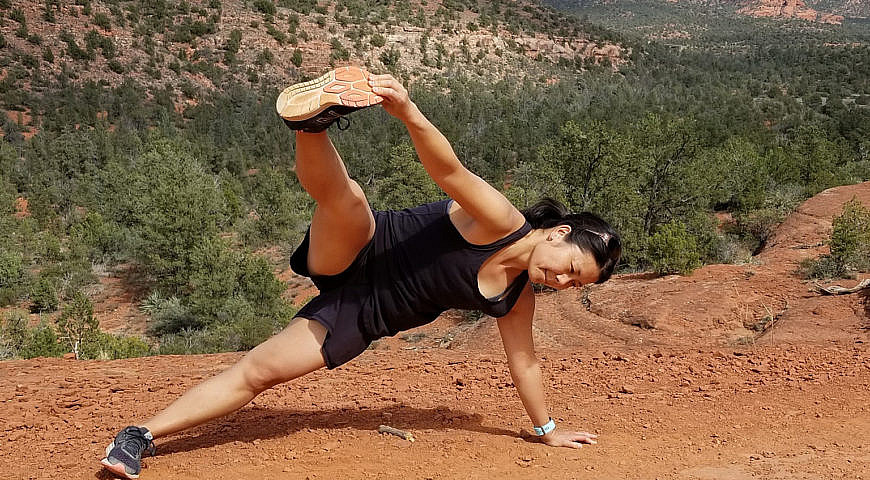
Stretching Fundamentals: Dynamic vs Static Stretching
Stretching Fundamentals: Dynamic vs Static Stretching
There is a myth that more stretching is always better. While stretching is an important component of any exercise program, the timing and type of stretches also needs to be considered. The key to an effective workout is knowing when and how to include static vs dynamic stretching.
Warm-up
Stretching cold muscles is counter-productive and static stretching before exercise may actually decrease power and strength. Stretching cold muscles activates a stretch reflex that prevents overstretching, resulting in muscle shortening and tightening which decreases the effectiveness of the exercises. Warming up muscles ahead of any workout is crucial for preventing injuries and maximizing the effectiveness of the workout. A good warm-up should always consist of light cardio and dynamic stretches for the major muscle groups.
Dynamic stretching involves moving into and out of positions through a full range of motion, rather than holding a stretch for a prolonged period. An effective dynamic stretching routine should focus on the muscles that will be trained during the workout. Dynamic stretches should be held for 2-3 seconds for 4-6 repetitions. Some good examples of dynamic stretches are:
- Front, side and reverse lunges
- Deep squats
- Transitioning from downward dog to plank
- High knees and butt kicks
- Hip stretches with a twist
- Push-ups
The key benefits of dynamic stretching are 1) it activates muscles that will be trained during the workout 2) it improves range of motion, making movements more effective, and 3) it improves flexibility and reduces the risk of injury. Overall, dynamic stretching will help maximize the upcoming workout and ensure that each exercise has the intended effect to build strength, power or endurance.
Cool-Down
The end of the workout is the appropriate time for traditional static stretching. It is recommended that each stretch is held for longer (20-30 seconds) and repeated 2 to 3 times.
A post workout stretching routine should focus on all of the muscles groups that were trained during the workout, starting with the larger muscle groups and progressing to the smaller muscles. Static stretching will increase the plasticity of muscle tissues and promote more permanent lengthening. Over time the result will be increased mobility and flexibility.
Lisa Gordon
Co-Founder, Movement Travel
